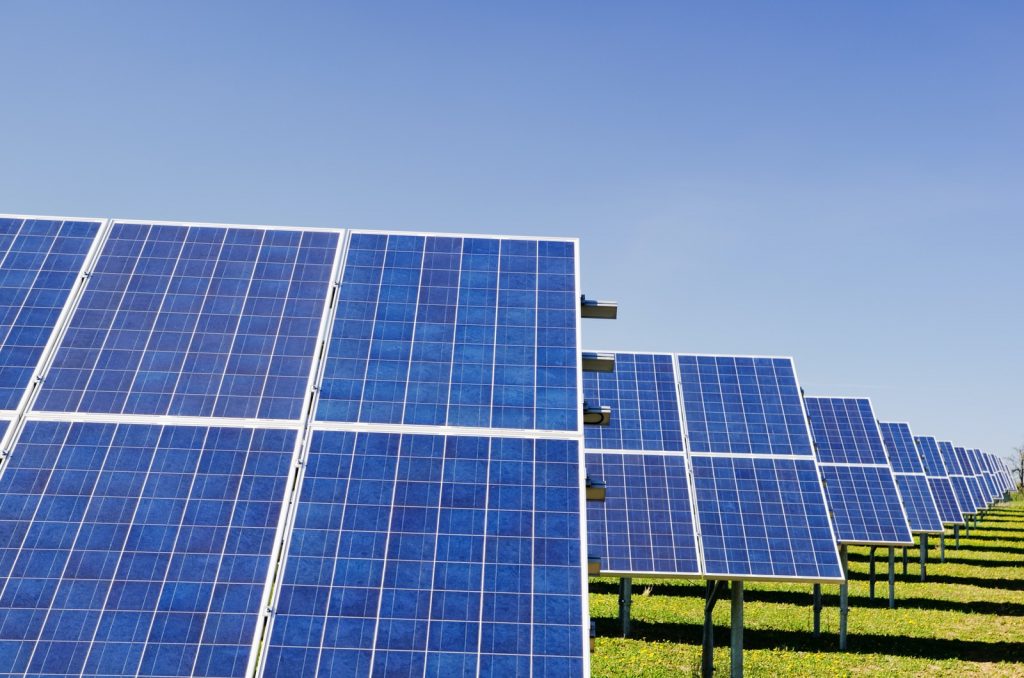First, let’s have the utility themselves try to explain. Here is a link to an APS example:
Once you have been overwhelmed by this explanation, the following will try to simplify things.
Utilities offer their customers a few different plans depending on whether the service is residential or commercial, how much power is used and if this power is supplemented by the owner’s renewable power system, in this case solar.
Depending on the plan, a utility bill can consist of two to five different charges. The first charge is fixed and based on the fact the utility is tied into your property, covering the cost of the meter, reading and billing.
The second type of charge is for the amount of power you use, measured in kilowatt-hours (kWh), where a 6 watt (0.006 kW) LED bulb turned on every day of the year for 3 hours would use 0.006 x 3 hours x 365 = 6.6 kWh in a year. An average home may use 20,000 kWh of electricity in a year.
Different plans will price the amount of power used at one fixed price to multiple prices, depending on the season and time of day. This is all related to more power being used in certain seasons, like for AC during the summer, or over the peak temperatures of the day, say 3 PM until 8 PM. With solar generation and little demand midday in the winter, some plans have a very low super off-peak rate period.
The third charge is for the maximum amount of power you use over a 1 hour on-peak period in a particular month. This sets your demand charge for that month. “Saver” plans give the customer the opportunity to keep their demand as low as possible, and in return, pay less for the power they use.
Should your AC, dryer, dishwasher, vacuum cleaner, fans and spa all be running through the same hour during peak power time, the demand charge could be very high for a “Saver” plan. Learning to curtail or defer discretionary electrical use to off-peak times will keep bills their lowest.
Once a property owner has solar, discretionary power use is best scheduled for between 9 AM and 3 PM in the summer and 10 AM and 2 PM in the winter when excess solar power production is available to meet those needs. Any produced solar power which is not consumed at the property will flow into the utility’s grid.
In the case of APS, the consumer is credited for this power at close to off-peak pricing and the best economics is to buy this electricity back from the utility later at night at off-peak pricing by minimizing consumption during peak pricing time each weekday.
At the end of the calendar year, any overall credit amount will be mailed out by APS to the customer, while an overall debit and fixed connection charges will be billed to the customer.
A “freebie” or “do-over” called the Demand Charge Credit allows customers to be refunded the difference between their demand charge on their most recent bill as compared to 12 months before. This is allowed to be requested once per year in case of some poor consumption management during an on-peak period in a given month.
The possibility of getting money back may be motivation enough for you to review your power bill each month!







